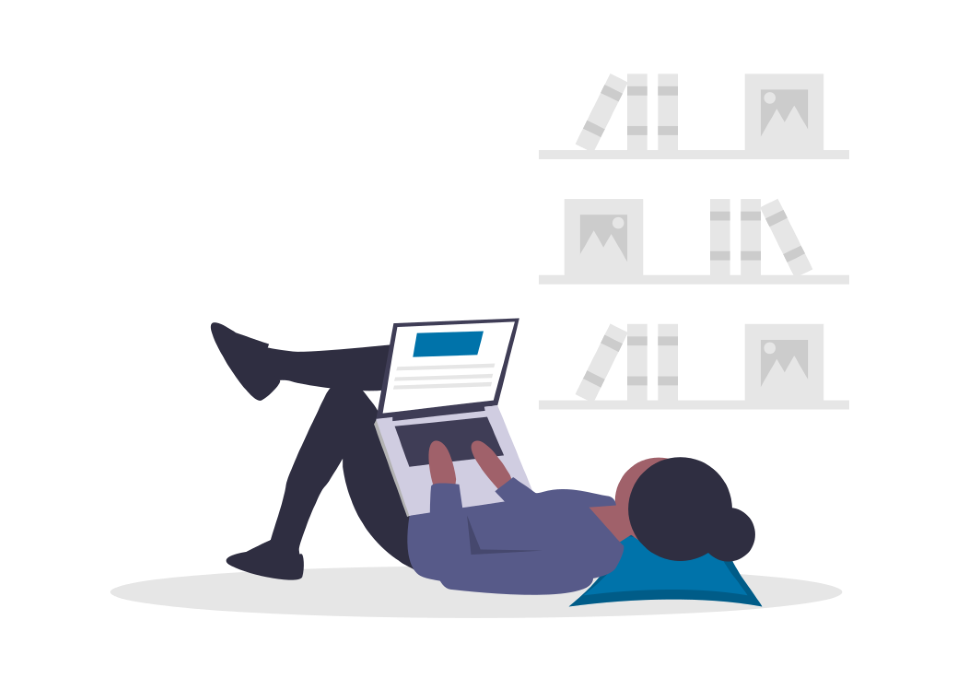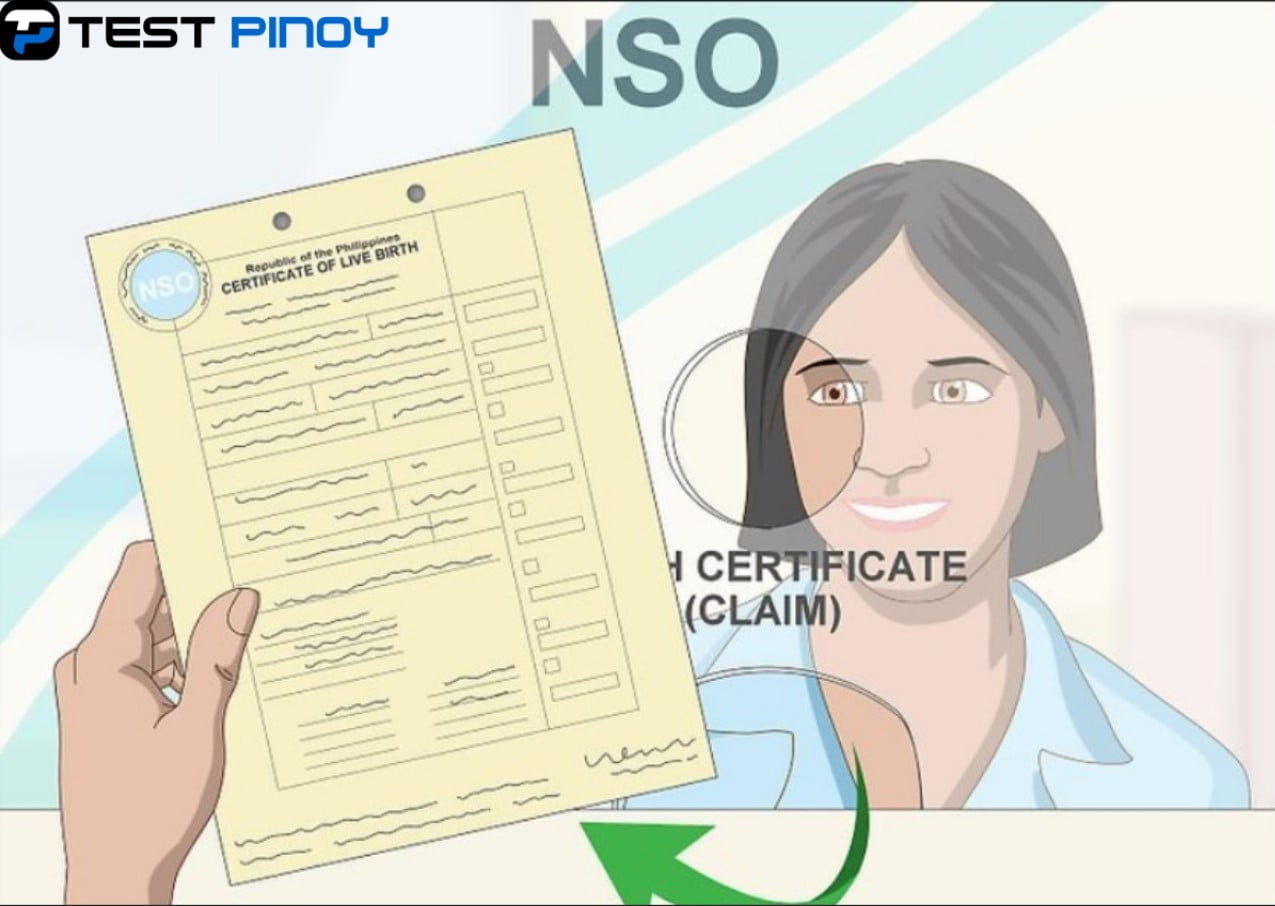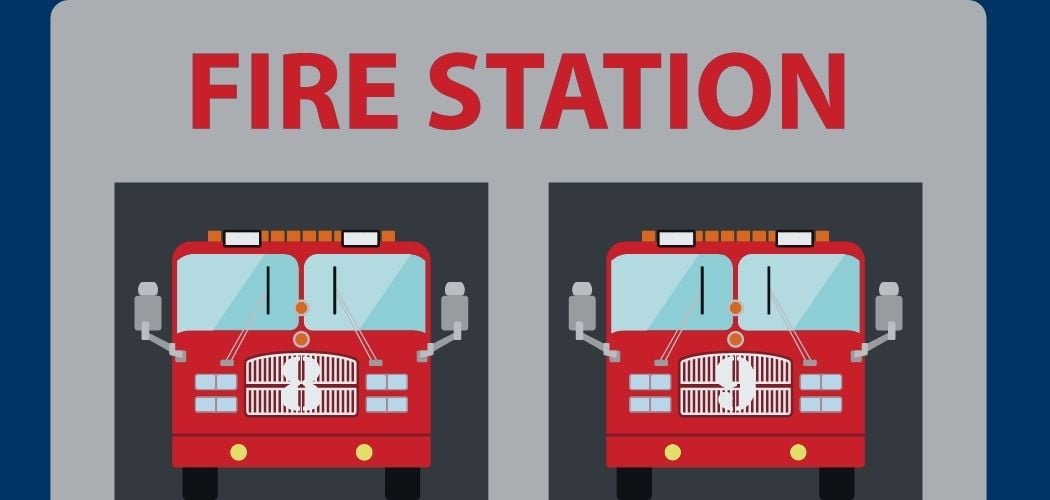If you want to work on a commercial ship, cruise ship, ferry, or Superyacht, the first thing you need to do is complete an STCW Basic Safety Training (BST) Course.
STCW stands for ‘Standards of Training, Certification, and Watchkeeping’. STCW came into force in 1978 as Governments agreed to standardize training around the world. STCW Basic Safety Training, as it is known today is required by all seafarers who are working onboard commercial ships or Superyachts.
The Manila Amendments
In 2010, the IMO Convention on Standards of Training Certification and Watchkeeping of Seafarers (STCW) received an update. The Manila amendment now is the latest training standards and certification for seafarers.
The new set of amendments were effective January 1, 2012, but came into force in 2014. There is a transition period until 2017 when all seafarers must be certified and trained according to the new standards. Implementation is progressive, every year a modified set of requirements comes into force. The most significant amendments are:
- Introduced Security Awareness training
- New rest hours for seafarers
- New grades of certificates of competency for able seafarers in both deck and engine
- New and updated training, refreshing requirements
- Mandatory security training
- Additional medical standards
- Specific Alcohol limits in blood or breath.
What is Basic Safety Training
Here in the Philippines, you need to present your BST Certificate of Completion to the Maritime Industry Authority (MARINA) to get a seaman’s book. It’s the legal minimum requirement for anyone looking for commercial work aboard vessels over 24 meters, including superyachts and cruise ships.
Working on a cruise ship is never easy. Think of it as a floating community. Troubles may arise anytime, anywhere. No matter how small the problem is, the ship needs to have the resources and competent people to solve the problem—especially in case of emergency.
Basic Safety Training (BST) Training Courses
After the STCW 2010 update, there are now 5 courses included within STCW Basic Safety Training. In the Philippines, the training lasts around 7–9 days, depending on the training center.
BST and must include the following five (5) courses.
Personal Survival Techniques (PST)
In the PST course, you will learn survival techniques that you can use in open water if ever you need to abandon the ship. You will be taught how to wear a life jacket and immersion suit correctly.
You will also learn how to operate a survival craft, and how to use location devices and radio equipment.
This course includes a practical session in a swimming pool. You will be asked to jump from a height wearing a life jacket. You will also be required to correct an inverted life raft and stream a sea anchor. Prepare to keep afloat without a life jacket.
Fire Prevention and Fire Fighting
The aim is to become competent in taking appropriate measures for the safety of personnel and of the ship in the event of a fire. Practical training will teach you how to use the different firefighting equipment found on the ship.
They will also require you to correctly don a fireman suit, operate a self-contained breathing apparatus, and fight real fires both in an open and a smoke-filled enclosed space.
Prevention is always better than cure. It’s always good to learn how to identify fire hazards on ships and the different ways to prevent fire.
Elementary First Aid
Practical training on basic first aid, resuscitation techniques, and practical first aid techniques. At a minimum, you need to know what action to take when there’s an accident or medical emergency until the arrival of a person with medical first aid skills or the person in charge of medical care on board.
They will discuss incidents requiring medical attention like wounds, burns, shock, stroke, cardiac arrest, fainting, choking, drowning, and more. You will learn different bandaging techniques, the Heimlich maneuver, moving and lifting patients, rescue breathing (RB), and cardiopulmonary resuscitation (CPR).
Personal Safety and Social Responsibilities
The Personal Safety & Social Responsibilities (PSSR) will give you an insight into the various elements of a ship and working procedures on board so that you adjust to the shipboard environment, and are better prepared to cope with any unforeseen circumstances.
You’ll learn to comply with emergency procedures which include safety drills, emergency alarms and signals, and the use of safety equipment.
PSSR also covers how to prevent pollution of the marine environment, observe safe working practices, understand orders and be understood about shipboard, and contribute to effective human relationships on board ships.
You will also learn your rights at work, employment conditions, and work practices. This will give you an understanding of your role in keeping others safe and protecting the environment. Hence, rules related to drugs, alcohol, and pollution prevention will be discussed.
Proficiency in Security Awareness
This course was added after in STCW 2010 (The Manila Amendments). This will provide seafarers guidance on security-related issues onboard. If there was a security breach, for example relating to piracy or robbery, the seafarer will know to recognize they are a threat and be able to take the right course of action.
Requirements
Prepare the following documents before looking for a training center.
- High school (at least 18 years old) or College Diploma
- Valid ID (Please check here for the list)
- Medical Certificate from a trusted clinic
- Excellent physical health
- Advance payment to reserve a slot
Choosing a training center for BTS
You need to look for a training center with the latest guidelines that will be accepted by your employer. A reputable maritime center or training center is recognized by the following agencies:
- Overseas Workers Welfare Administration (OWWA)
- Technical Education and Skills Development Authority (TESDA)
- Professional Regulation Commission (PRC)
- Maritime Training Council (MTC)
- Maritime Industry Authority (MARINA)
- International Organization for Standardization (ISO)
How long does your Basic Safety Training Certificate last?
The STCW certification is valid for 5 years from completion of the course. Basic Safety Training will require refresher training every five years which may take the form of e-learning, shipboard drills, and training or shore-based training.
The BT Refresher Course can be completed within three (3) days. Under BT Refresher, you will only take training in Fire Prevention and Firefighting and also Personal Survival Techniques.
Starting January 1, 2017, all seafarers are required to provide evidence (updated certificate) that the seafarer has completed an STCW Refresher Course in Fire Fighting and Sea Survival in the last 5 years.
Final thoughts
Basic Safety Training is just one of the many requirements that you will have to complete to be able to work onboard. And mind you, there’s a lot, so prepare your mind, body, and money.



